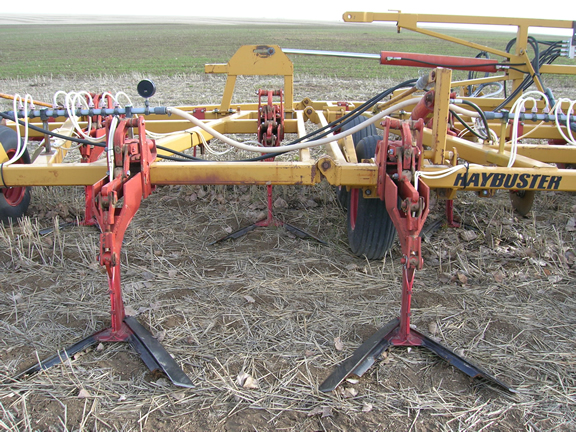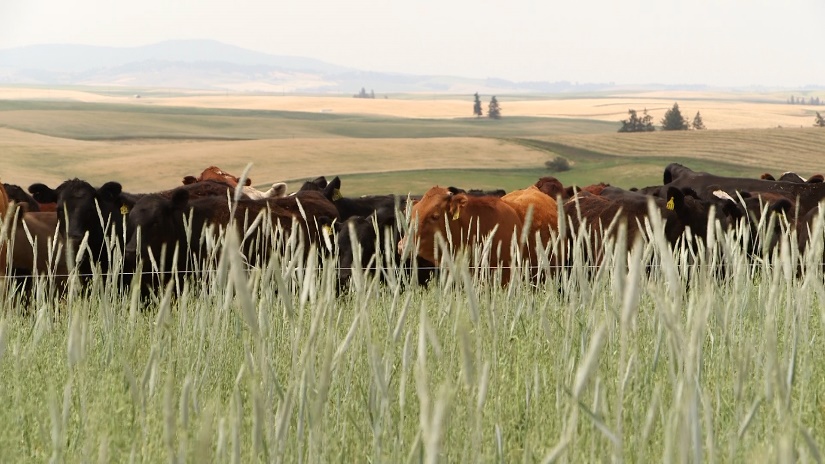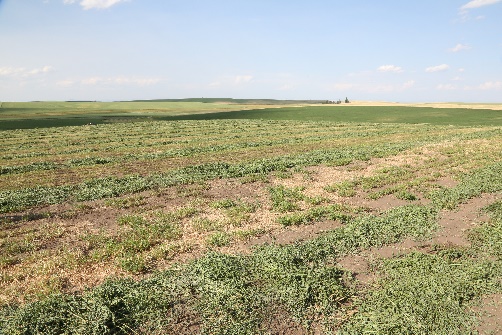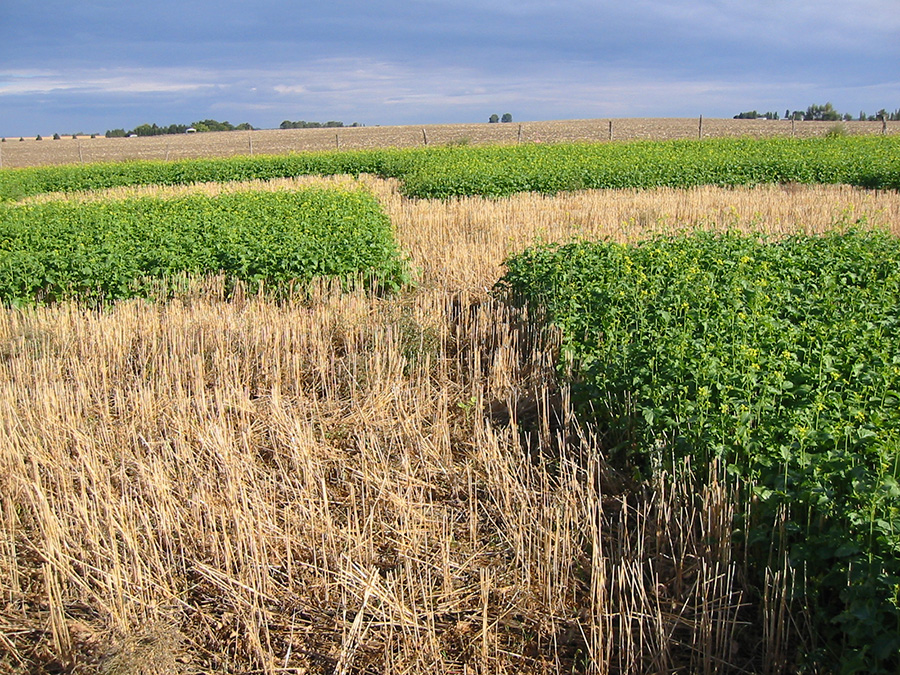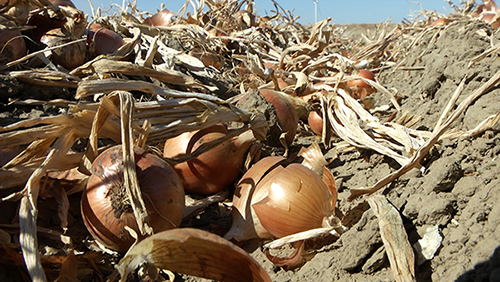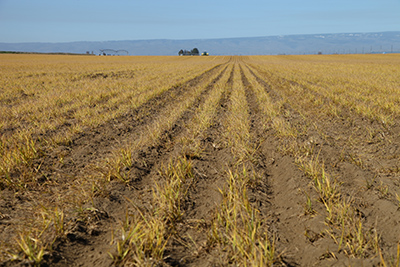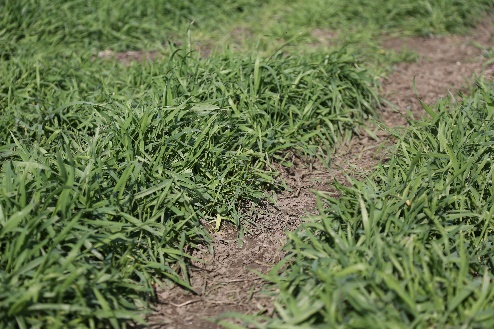Case study mapAbundant natural resources and an amenable climate allow for diverse agricultural opportunities in the Pacific Northwest, but the same environment also poses risks.
Farmers adapt to challenges in unique ways. Some of these strategies are unique to a specific location, while others are universal to agriculture. By adopting farming practices such as tillage, residue management, crop rotations, soil organic amendments and resource-use efficiency farmers have been able to overcome barriers, often in unexpected ways. Innovative approaches used by Pacific Northwest farmers to improve on-farm sustainability and longevity are being featured in a series of case studies.
The REACCH Producer Survey showed that other farmers are the most trusted source of information for producers. The goal of these case studies is to inspire others to take management risks on their farms that can improve their overall sustainability and resiliency into the future, by showcasing producers who have done so successfully. Case studies are in progress and will be added to this page as they are completed.


